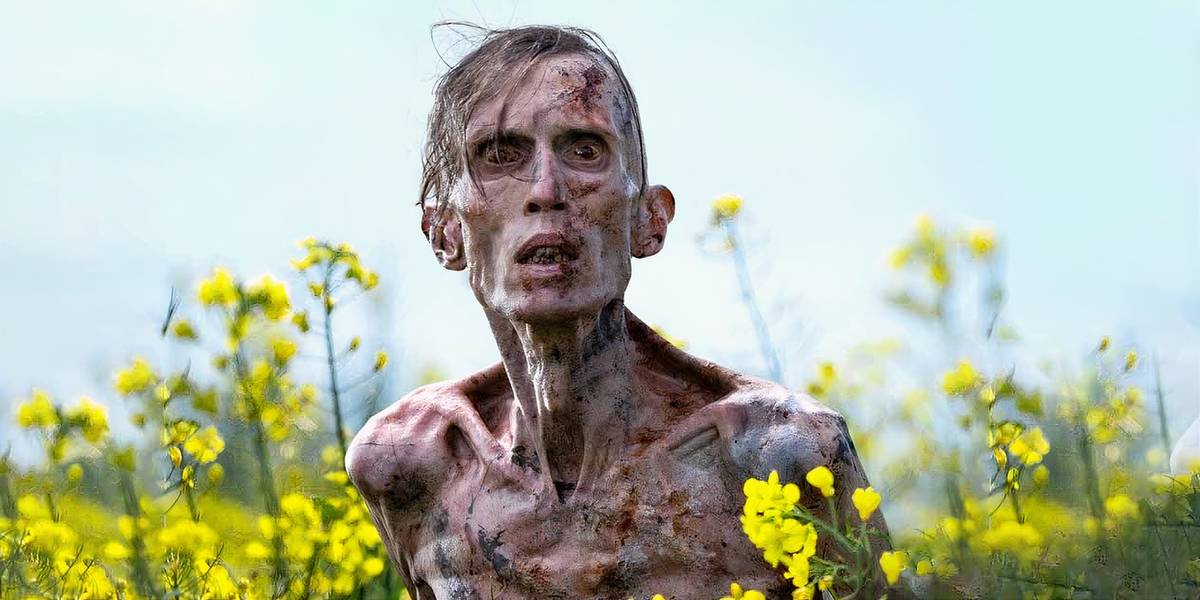
The Rage Returns: A New Era of Zombie Terror
The anticipation is building, and the fear is palpable. The upcoming film, “28 Years Later,” is poised to reignite the zombie horror genre, promising a level of terror that could eclipse its predecessors. Set three decades after the initial outbreak of the Rage Virus, the movie ventures into a world where the infected have not only survived but evolved. While the world outside the United Kingdom has seemingly contained the threat, the UK remains a battleground, haunted by these relentless, rage-filled creatures. This evolution, as teased in the trailers, sets the stage for a terrifying experience that could redefine the franchise. The creators have made a smart decision to up the ante. This isn’t just a rehash; it’s a terrifying escalation.
The original films, “28 Days Later” and “28 Weeks Later,” established a high bar for zombie horror, with their fast-moving, rage-fueled infected. These creatures, driven by pure, unadulterated fury, were relentless, sprinting at survivors with terrifying speed and ferocity. Their portrayal was visceral and effective, contributing to the films’ enduring popularity. But in “28 Years Later,” the stakes are raised even further. The infected are not only stronger and more aggressive but also exhibit signs of intelligence, stalking their prey, and employing new strategies for attack. This evolution is a logical progression, given the time that has passed since the initial outbreak, and it promises to make the upcoming film a truly terrifying experience. Therefore, audiences can expect to be on the edge of their seats.
A Darker Breed: The Infected’s Terrifying Transformation
The trailers for “28 Years Later” offer glimpses of the horrors to come. The infected in the upcoming film are not merely the sprinting, screaming figures of the past. They are bigger, stronger, and potentially more cunning. One shot in the trailer showcases a zombie that dwarfs any seen before in the franchise, suggesting a terrifying new class of infected. This visual alone hints at the increased threat level that survivors will face. Imagine the panic as the infected change. This alone provides a window into the grim reality. Furthermore, the trailers suggest that the infected have developed new hunting strategies, choosing to stalk their prey rather than simply charging in with blind rage. This newfound intelligence is a chilling development, transforming the infected from mindless monsters into calculating predators. This shift could easily turn into something worse, as it should be a refreshing change to the franchise.
What does this mean for the survivors? They will have to contend with a new level of danger. They cannot simply rely on the tactics that worked in the previous films. Their survival will depend on their ability to adapt and outsmart a foe that is constantly evolving. The stakes are higher than ever, and the odds are stacked against them. The trailers offer only a glimpse of the horrors that await in “28 Years Later,” but they are enough to confirm that this will be a truly terrifying cinematic experience. What will they do, how will they survive? The answers lie within the film itself.
Why Evolution is Key: Elevating the Horror Experience
The decision to evolve the infected in “28 Years Later” is a brilliant one. It serves to raise the stakes of the franchise and provide a fresh perspective on the zombie genre. In a world where the outbreak has been contained in the United Kingdom, the evolution of the infected is what makes them such a compelling threat. If the infected had not become smarter and more dangerous, the survivors would likely have eradicated them long ago. This evolution is not just a plot device; it’s a key element in maintaining the horror. What makes this even more interesting is how the survivors of the United Kingdom will adapt.
This evolution allows the creative team to deliver a fresh and innovative take on the zombie narrative, ensuring that “28 Years Later” is just as, if not more, terrifying than its predecessors. The infected’s increased strength, intelligence, and altered hunting strategies promise to deliver a more intense and suspenseful viewing experience. The film is positioned to stand apart from the other zombie franchises, such as “The Walking Dead” and “The Last of Us,” which often feature characters who have become seasoned veterans of the apocalypse. “28 Years Later” presents a more brutal and relentless environment. This is something the audience needs, the characters are not veterans. In other words, they must adapt.
The Legacy of Fear: Building on a Foundation of Terror
The original “28 Days Later” and “28 Weeks Later” established a strong foundation of fear, characterized by the relentless speed and unbridled rage of the infected. “28 Years Later” builds upon this legacy, promising to amplify the horror with a new generation of infected. The success of the franchise hinges on the ability to keep audiences on the edge of their seats, and the trailers suggest that the film will succeed in this regard. The evolution of the infected is a crucial element in maintaining the series’ core appeal. By evolving the infected, the filmmakers ensure that the threat remains unpredictable, and the tension continues to build. The return to the big screen after a long hiatus also creates a sense of anticipation and excitement.
A New Nightmare: “28 Years Later” and the Future of Zombie Horror
“28 Years Later” is not just a sequel; it’s a statement. It signifies a commitment to pushing the boundaries of zombie horror. The evolution of the infected is a testament to the filmmakers’ understanding of the genre. The film promises to deliver a terrifying and unforgettable cinematic experience. The infected are more dangerous than ever, the stakes are higher, and the future of the franchise is bright. The movie is set to be the must-see horror event of the year. The new film will be scarier than the last two movies and will leave audiences on the edge of their seats, terrified and eager for more.